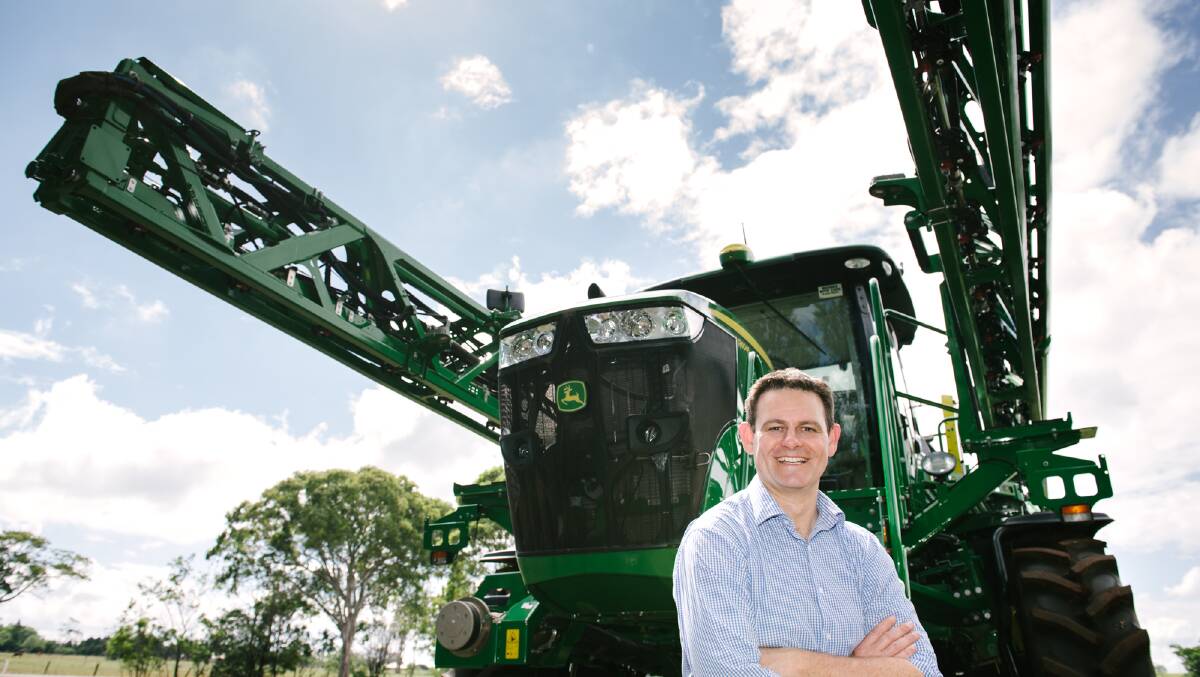
Automation of machinery will be the future of precision agriculture, and major companies are already making elements of the technology available now.
Subscribe now for unlimited access to all our agricultural news
across the nation
or signup to continue reading
Speaking earlier this year at a Grains Research Development Corporation update, University of Southern Queensland Centre for Agricultural Engineering director Professor Craig Baillie said automation would underpin the future farm.
"Automation is really just a system being able to be self acting or have some sort of self-regulated mechanism," he said.
"The traditional precision agriculture approach was to collect lots of data, bring it back to the office, develop a prescription map, put it in (the tractor) and off you go.
"The future is really about how you have an experience on farm which removes that traditional approach and moves into sensor based precision agriculture.
"The farm of the future looks very similar to the farm of today but everything is interconnected, sharing information and things just happen.
"If we get this right it should be a much easier landscape to operate in."
Prof Baillie said the original equipment manufacturers, companies such as John Deere, CNH Industrial, AGCO and Claas, were already delivering elements of the technology.
"We already have geo-referencing in GPS guidance, examples of sensing and perception are available, we have some performance control on machinery, we have telematics and in-field communication between machinery and we have variable rate," he said.
"It's like a jigsaw puzzle, we just have to join them up."
Prof Baillie said cloud servers were making it easier to marry up information from different companies and different sources.
"Large tractor manufactures are developing these platforms for themselves or are reaching out and using others such as Amazon web services," he said.
Prof Baillie said many of the implements on the market already had elements of automation through variable rate control.
"Whether it is fertilisers or herbicide applications, it does that by a rate controller and there is a standard ISOBUS protocol that allows tractors and implements to communicate on a standard language," he said.
Prof Baillie said next wave of automation included technologies which integrated machine learning with the existing technologies, a current example being the optical sensors in 'green on green' camera spraying.
"When we talk about sensors we just aren't talking about a camera, we are talking about different sorts of techniques, including reflectance, transmittance, fluorescence, machine learning and 3D imaging," he said.
Start the day with all the big news in agriculture! Click here to sign up to receive our daily Farmonline newsletter.


